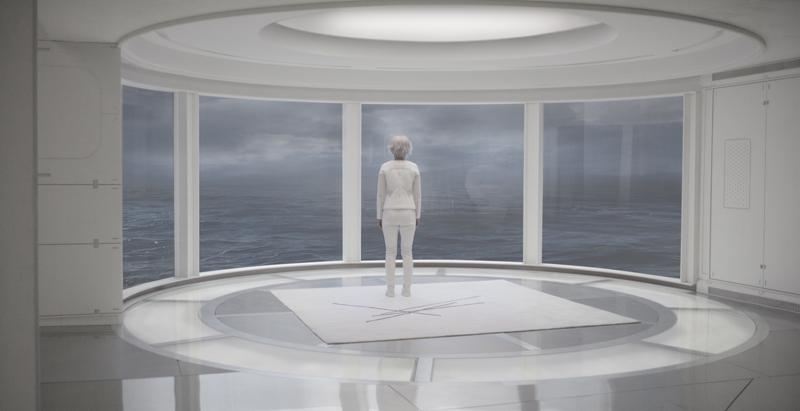ArtReview sent a questionnaire to artists and curators exhibiting in and curating the various national pavilions of the 2015 Venice Biennale, the responses to which will be published daily in the lead-up to the Venice Biennale opening.
Moon Kyungwon & Jeon Joonho are representing Korea. The pavilion is in the Giardini.
What can you tell us about your exhibition plans for Venice?
The new project for the Korean Pavilion will consist of a film installation with keen attention to the architectural characteristics of the Pavilion. The Korean Pavilion was the last national pavilion to be built inside the Giardini. The construction process was restricted by various rules and regulations, which made the resulting conditions rather difficult for installing artworks. But on the other hand, it places you face to face with new challenges. Our idea is to have the space infiltrated with a multi-channel film installation. The underlying theme and setting of the film are contextually linked to our past projects but the ways in which the display is made and how the story is told will be entirely new. The film begins with the premise that the Earth has undergone apocalyptic changes, and that most of the land including Venice is submerged under water. The Giardini no longer serves as a place for art. Here within this highly restricted space, the protagonist of the film will experience bizarre incidents and intended encounters, through which our ideas on the fundamental function of art will be told.
Are you approaching this show in a different way as to how you would a ‘normal’ exhibition?
No, we try to approach every exhibition in the same manner.
What does it mean to ‘represent’ your country? Do you find it an honour or problematic?
The fact that we are exhibiting at the Korean Pavilion doesn’t mean we are representing Korea. It just so happens that Sook-Kyung Lee, the commissioner and curator of the Korean Pavilion, had a vision that coincided with the direction we had in mind for our next exhibition.
How are you approaching the different audiences who come to Venice – the masses of artist peers, gallerists, curators and critics concentrated around the opening and the general public who come through over the following months?
The Korean Pavilion project is an extension to our ongoing project News from Nowhere. The project first unveiled at dOCUMENTA (13) in Kassel in 2012 and then at the School of the Art Institute of Chicago (2013). It will also travel to Migros Museum für Gegenwartskunst in Zurich this summer. An exhibition approached with sincerity can resonate with the viewers. We didn’t necessarily prepare anything special for the Biennale audience. As with every exhibition, all we can do is to focus on creating a good exhibition.
You’ll no doubt be very busy, but what else are you looking forward to seeing?
Ironically speaking, we are already thinking about the next project. It is quite natural for us to think about the points that could be improved and the new questions that emerged while working on the current project.
How does a having a pavilion in Venice affect the art scene in your home country?
The Korean Pavilion was established thanks to the persistent efforts paid by the late Nam June Paik. We think that his life-long experimental attitude is embodied in the pavilion, which provides a continuous source of inspirations and challenges to the following generation of Korean artists. We dedicate this very opportunity to the late artist.
Read all responses to the Venice Questionnaire 2015 edition published so far
Read all 30 responses to the Venice Questionnaire 2013 edition
Online exclusive published 22 April 2015.
